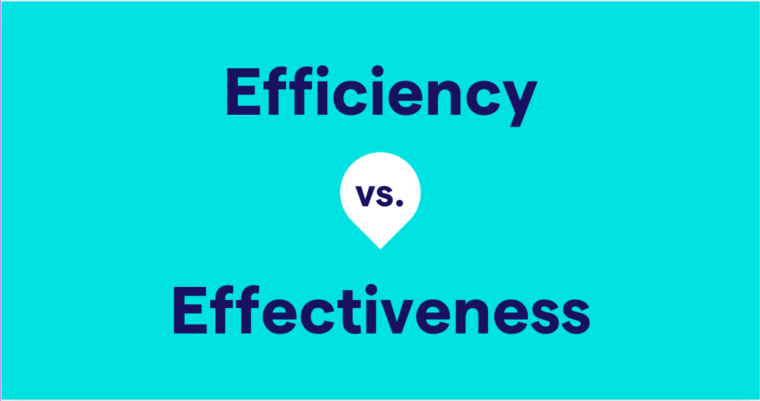A common English error is to misuse the words good and well. The rule of thumb is that good is an adjective and well is an adverb. Good modifies a noun; something can be or seem good. Well modifies a verb; an action can be done well. However, when you’re talking about health, well can be used as an adjective.
What you need to remember
All you need to remember when you are pondering whether good or well is best for your sentence is that good modifies a person, place, or thing, whereas well modifies an action. If you’re having a good day, then your day is going well.
Examples
Here, we have a clear action verb: to do. Do should be modified with well, not good.
Lasagna is a noun—a thing—that should be modified with good. Nonaction verbs, like to be, to look, to seem, and to feel can also take good, the adjectival form.
Exceptions to the well/good rule
Health and wellbeing
When we refer to a person’s health or wellbeing, well is customarily used as an adjective.
When you tell someone “Be good!” you are talking about the behavior of that person. However, to say, “Be well!” is to express a wish for their good health.
Linking verbs
Linking verbs can be used with good, an adjective, rather than well, an adverb, because they describe a state rather than an action. Common linking verbs are sense verbs such as feel, seem, look, appear, smell, taste, and sound.






